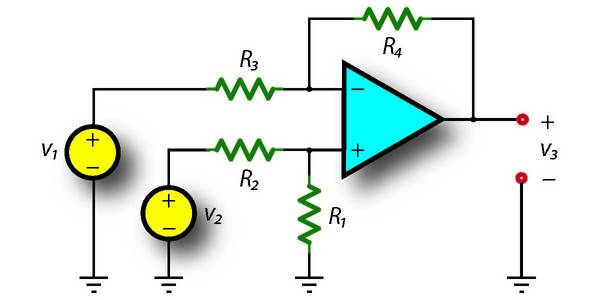ENGG 225 - Fundamentals of Electrical Circuits and Machines
ENGG 225 Course Information
The University of Calgary
Department of Electrical and Software Engineering

Welcome to the ENGG 225 Course Information Page!
General Information:
ENGG 225 is a first course in Electric Circuit fundamentals taken by all first-year
students in the Fall semester as part of the Schulich School of Engineering
First-Year Common-Core curriculum. The course was introduced in 2011 and covers
basic electric-circuit theory that is fundamentally important to engineers in
all engineering disciplines. Almost everything needs electricity!
ENGG 225 Learning Outcomes
At the end of this course, you will be able to:
 Apply fundamentally important circuit laws, including Ohm's and Kirchhoff's laws,
using precisely defined conventions for voltage, current, and power.
Apply fundamentally important circuit laws, including Ohm's and Kirchhoff's laws,
using precisely defined conventions for voltage, current, and power.
 Analyze DC circuits using well-established systematic methods, including node voltage
analysis, mesh-current analysis, Thevenin and Norton equivalent circuits,
and superposition.
Analyze DC circuits using well-established systematic methods, including node voltage
analysis, mesh-current analysis, Thevenin and Norton equivalent circuits,
and superposition.
 Analyze circuits employing operational amplifiers, including analysis and design
of inverting, non-inverting, and other useful amplifier circuits.
Analyze circuits employing operational amplifiers, including analysis and design
of inverting, non-inverting, and other useful amplifier circuits.
 Predict the time-domain voltage-current behaviour, power, and energy of
capacitors and inductors.
Predict the time-domain voltage-current behaviour, power, and energy of
capacitors and inductors.
 Perform steady-state sinusoidal analysis of AC circuits using the same circuit
analysis methods as used in DC circuits, instead using complex impedances and phasers.
Perform steady-state sinusoidal analysis of AC circuits using the same circuit
analysis methods as used in DC circuits, instead using complex impedances and phasers.
 Determine complex power in AC circuits, including average power, reactive power,
and power factor.
Determine complex power in AC circuits, including average power, reactive power,
and power factor.
 Analyze DC motor and generator circuits in common machine configurations,
such as separately-excited, shunt-connected, and series-connected; you will
be able to relate electrical current, voltage, and power to physical torque,
power, and shaft speed.
Analyze DC motor and generator circuits in common machine configurations,
such as separately-excited, shunt-connected, and series-connected; you will
be able to relate electrical current, voltage, and power to physical torque,
power, and shaft speed.
Primary Course Website:
Please use D2L for access to all current course material and information. All twelve
active first-year blocks are merged into one common D2L shell.
Norm Bartley, August, 2023

